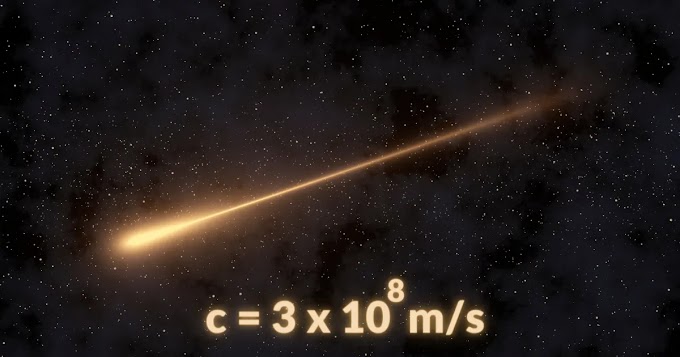#1. Did You Know
Yes, and it may sound crazy that how something can way less than the sum of the masses of elements that make it up but believe me I am not joking around and it is cent percent true.
So first of all we will start our way with the basics and build our way up to the reasons due to which it happens and then we will explain the answer.
Explanation:
So first of all the (Rest)mass of a body is not just the sum of the masses of the individual objects that make it up. In fact, it also depends upon two things:
1. How the objects that build up the bigger object are arranged inside the bigger object.
2.How the objects move inside the bigger object. (If they do so)
The two factors mentioned above decide the fate of the mass of the object and affect it. no matter how small it may be.
For example:
Imagine two air cooler fans one which is not working at all and the other one is working, by working I mean the 2nd cooler is powered by electricity and its fan blades are rotating at very high speeds. So now the cool part: The cooler which is working weighs more than the cooler which is not and that's because the fans are rotating so they do have some rotational kinetic energy, then there is also motor which pumps water and it reaches to some height so the water also has some potential energy due to height as well as there is some heat energy developed due to the working of the fan motor. So what happens is all that extra energy that was not present in the Non- working Cooler manifests as some very very very little extra mass which adds up to the total mass of the cooler making it heavier than the non-working one.
You might want to know that how the sum of all extra energies manifests as mass so the answer is due to Einstein's famous Mumbo Jumbo E=m(c^2) So if we turn this equation around a little bit we get m=E/(c^2) which means that if we sum up all that extra energy and divide it by the square of (the speed of light) we get some mass and however small it may be it adds up to the cooler making it heavy.
For those who were unable to grasp the first example here is a much simpler one:
Imagine two springs one which is uncompressed, normal, and not doing anything and there is another one that is compressed. So you might have already guessed and which is that the compressed spring weighs more than the uncompressed one as it has some Elastic Potential Energy due to compression which manifests as some extra mass and makes the compressed spring heavier.
Hmmm, So you might be wondering that if a body has some extra energy due to some motion of the particles that make it up or some other form of Energy like Heat, Potential, Vibrational, or other it makes up that extra mass and makes the thing heavier.
Note: Don't confuse when I say a body has some extra mass due to that extra energy due to the motion of the particles that make it up, now that doesn't mean that the object we are talking about itself is moving, The mass word itself means (Rest mass) which means that the object we are talking about is not moving relative to you, however, it may be the constituent particles or the particles that make it up are moving inside it but not the whole object itself.
So here is the thing, Of all the examples and things that we have talked about the object has always weighed more than the sum of the constituent particles that make it up. But the original fact that we wanted to answer was that the atom weighs less than the electrons, protons, and neutrons that make it up. So how does that happen?
Explanation: So what happens is when the fundamental particles i.e. The protons, electrons, and neutrons combine to form an atom they release some energy as a whole atom which is known as the Binding Energy which is also the energy required to disperse all the particles of the system or the energy which is required to break an atom into its constituent particles since we all know that when an atom of an element is formed it is pretty much stable and therefore requires a large amount of energy to break it down into simpler particles and it is the same energy the particles liberate when they combine to form an atom. So the energy they liberate is quite a large amount and since we have understood that energy manifests as mass the lost energy also means lost mass and therefore an atom weighs less than the combined masses of the particles that make it up. The lost mass is also known as Mass Defect and however small it may be it can be measured on extremely sensitive laboratory scales.
DAAAAAAAMN...









If You have any doubts or suggestions, please let me know in the comments.